Do you have a question about the Eaton WaveLinx and is the answer not in the manual?
Verifies installed operation of devices before configuration.
Pairs devices with the Wireless Area Controller and forms a default control group.
Uses the mobile app as an alternative to the PAIR button for device discovery.
Describes how paired devices function as a single large area or room.
Accesses administrator functions via internal webpages.
Sets location, time, date, and time zone for accurate schedule events.
Administers changes to user names, roles, and passwords of existing accounts.
Creates new user accounts and deletes existing ones from the Wireless Area Controller.
Creates backups of user accounts for later restoration or duplication.
Views and updates firmware for the WAC and WaveLinx devices.
Configures Wi-Fi, Ethernet, DNS, and custom certificates for network management.
Identifies devices using identification modes for assignment to areas and zones.
Organizes devices into controlled areas and zones for automatic code commissioning.
Explains how automatic code commissioning operates after devices are assigned.
Allows occupants to connect and control lighting within defined parameters.
Sets a favorite area and allows occupants to control lighting levels and scenes.
Customizes names, scene levels, zone trims, and operational modes for system behavior.
Customizes wallstation button actions and occupancy sensor settings for desired operation.
Configures daylight sensor functionality for interior and exterior applications.
Adds schedule events for time-based commands or occupancy set behavior changes.
Adjusts default demand response settings and tests functionality.
Explains advanced PAIR button functions like resetting defaults and removing devices.
Provides solutions for common issues related to device functionality, pairing, and communication.
Verifies installed operation of devices before configuration.
Pairs devices with the Wireless Area Controller and forms a default control group.
Uses the mobile app as an alternative to the PAIR button for device discovery.
Describes how paired devices function as a single large area or room.
Accesses administrator functions via internal webpages.
Sets location, time, date, and time zone for accurate schedule events.
Administers changes to user names, roles, and passwords of existing accounts.
Creates new user accounts and deletes existing ones from the Wireless Area Controller.
Creates backups of user accounts for later restoration or duplication.
Views and updates firmware for the WAC and WaveLinx devices.
Configures Wi-Fi, Ethernet, DNS, and custom certificates for network management.
Identifies devices using identification modes for assignment to areas and zones.
Organizes devices into controlled areas and zones for automatic code commissioning.
Explains how automatic code commissioning operates after devices are assigned.
Allows occupants to connect and control lighting within defined parameters.
Sets a favorite area and allows occupants to control lighting levels and scenes.
Customizes names, scene levels, zone trims, and operational modes for system behavior.
Customizes wallstation button actions and occupancy sensor settings for desired operation.
Configures daylight sensor functionality for interior and exterior applications.
Adds schedule events for time-based commands or occupancy set behavior changes.
Adjusts default demand response settings and tests functionality.
Explains advanced PAIR button functions like resetting defaults and removing devices.
Provides solutions for common issues related to device functionality, pairing, and communication.
| Brand | Eaton |
|---|---|
| Model | WaveLinx |
| Category | Lighting Equipment |
| Language | English |
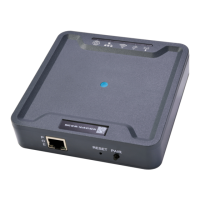
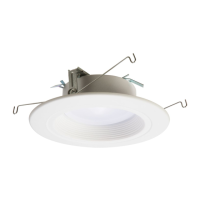

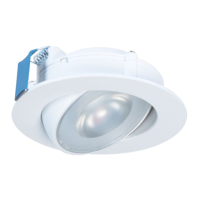
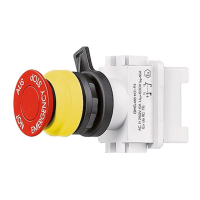
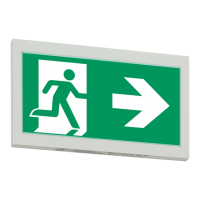
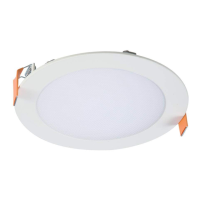
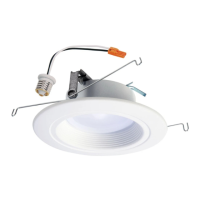
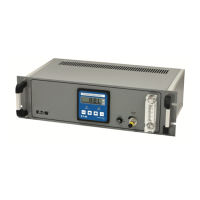


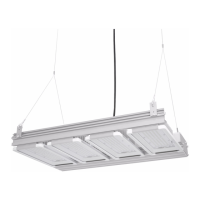
